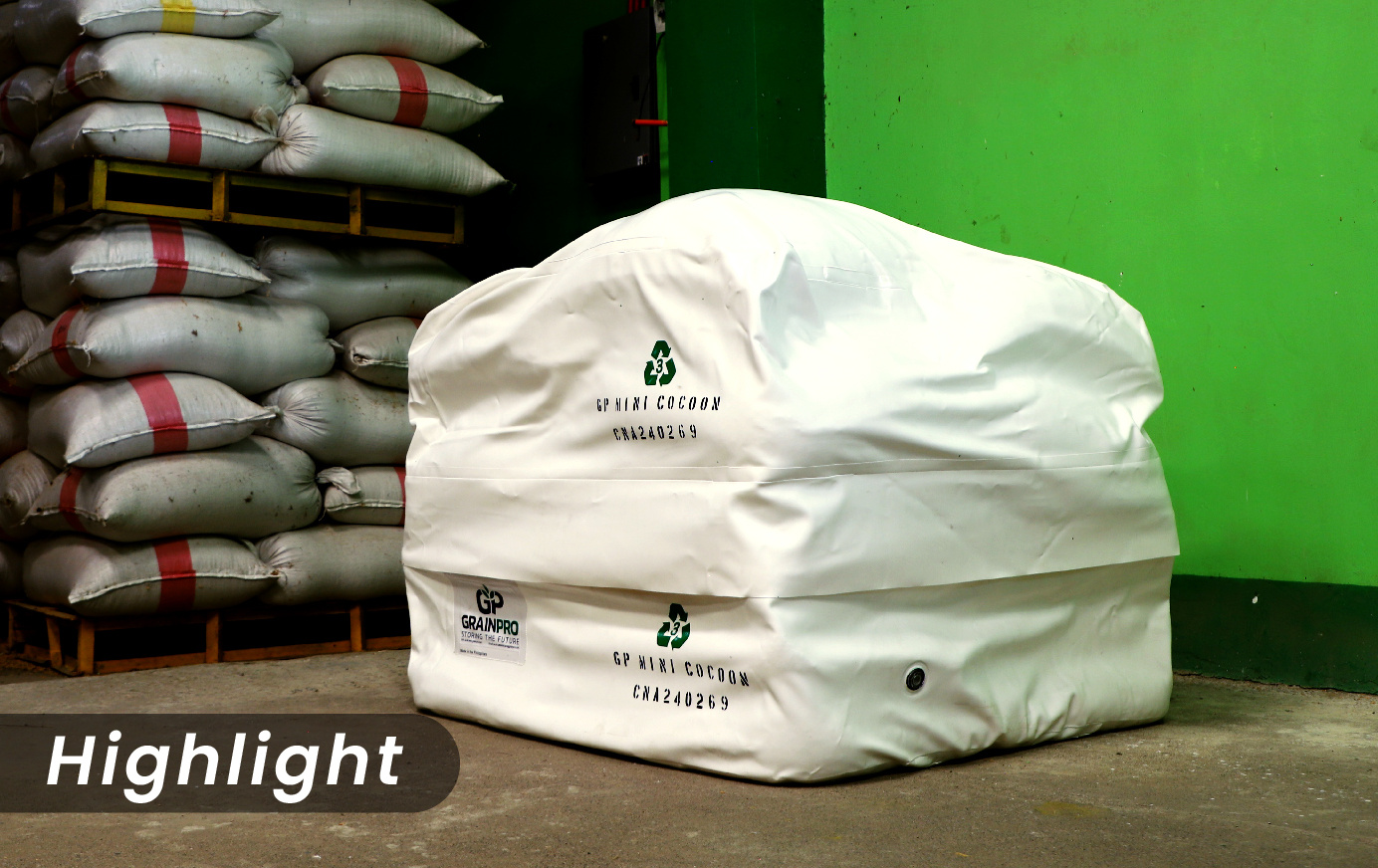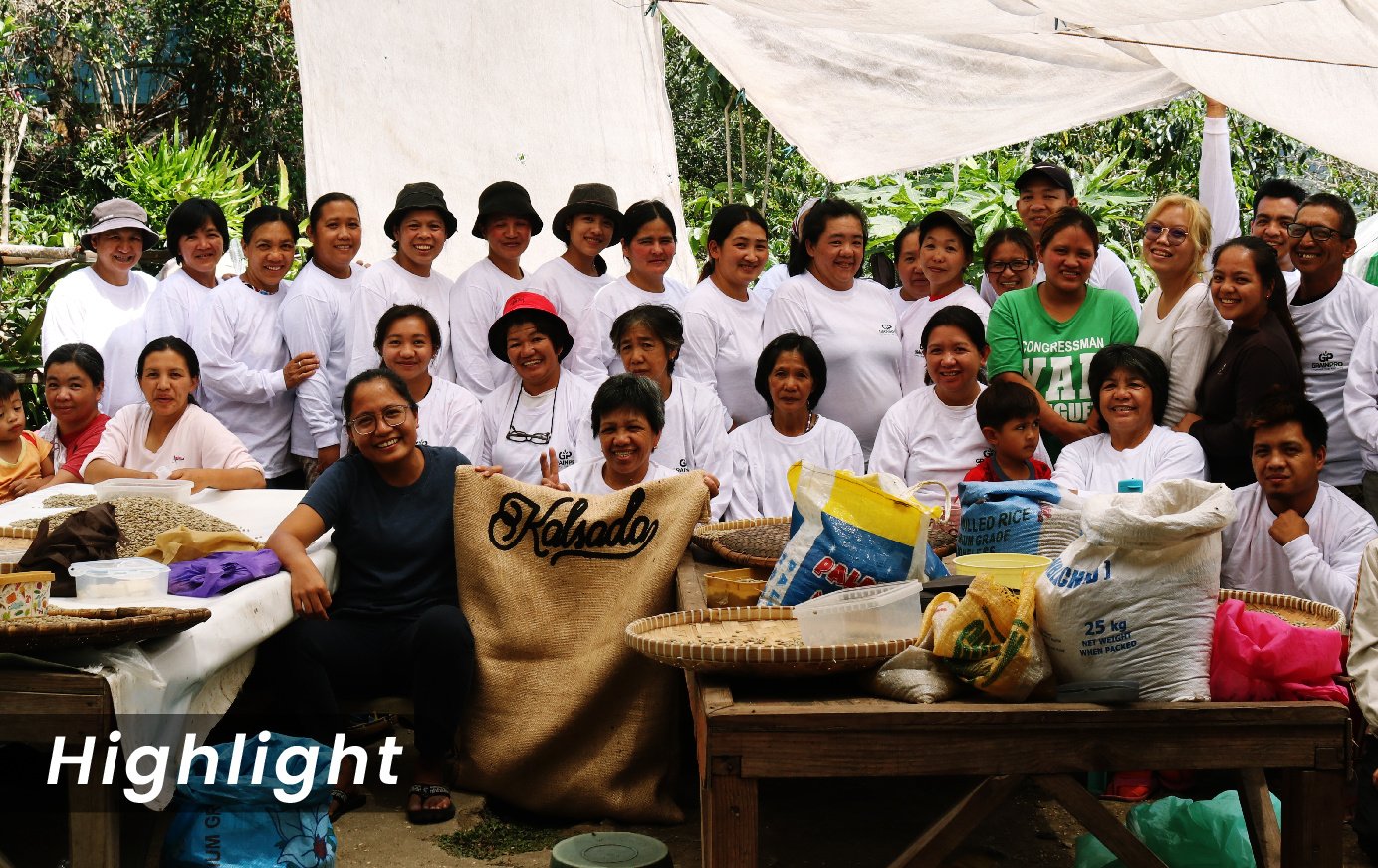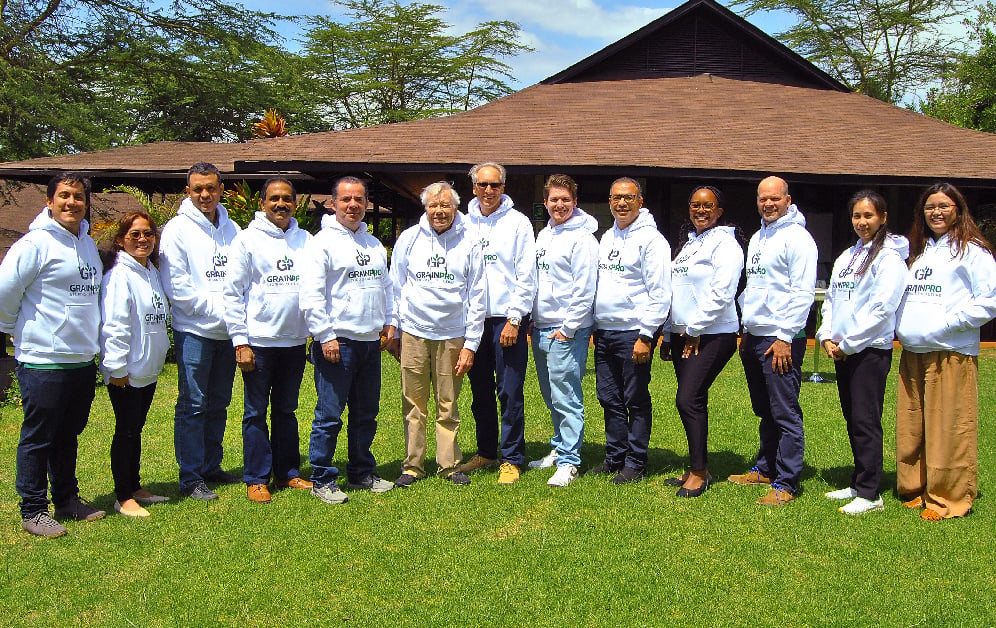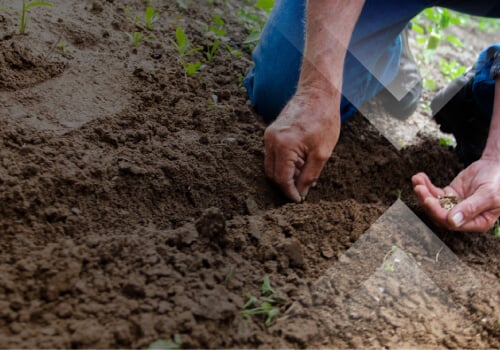Agriculture has evolved through human innovation to satisfy the increasing global demand for food. From simple cultivation and domestication, we now have GMOs and even cloning of animals. These scientific breakthroughs have the potential to radically impact the way we view and do agriculture.
However, the challenges we are facing have also increased dramatically. The need to find sustainable agricultural solutions is critical for our future now more than ever.
Challenges impacting agriculture
1. Climate change
This is a devastating force that affects billions of people worldwide. According to a report by the Union of Concerned Scientists, farmers will continue to experience escalating obstacles due to climate change. Such problems include an increase in floods and erratic weather. In dry areas, droughts and desertification will intensify in the coming decades.
Additionally, warming temperatures have also caused increased insect pest activity which can lead to more intense infestations. This will lead to further crop damage and ultimately, losses.
Having climate-smart, sustainable agricultural solutions can mitigate the effects of climate change. For post-harvest needs, a secure way to store commodities without incurring costly losses is a must.
2. Growing global population
Based on projections by the UN, the world’s population will reach 9.7 billion by 2050. This means there will be a 50% increase in the demand for food, pushing intensification when it comes to agriculture. This would put additional pressure on resource distribution and the environment, possibly creating more environmental, economic, and social issues. Food insecurity and scarcity can worsen, pushing more people into poverty and hunger.
A rational step would be to implement sustainable intensification, which is “an approach using innovations to increase productivity on existing agricultural land with positive environmental and social impact,” according to the International Maize and Wheat Improvement Center (CIMMYT).
Proactive solutions that mitigate food loss can help in this problem. Instead of planting more, farmers can focus on increasing grain recovery by reducing losses due to spoilage, infestations, or spillage. At the same time, preserving commodities for longer periods can also help reduce food insecurity, especially in rural smallholder farmer communities.
3. Lack of support for smallholder farmers
Despite the huge importance of agriculture in the global economy, the majority of smallholder farmers are still in poverty and are struggling to make ends meet. According to the FAO, 90% of all farms in the world are small and family-operated. Most smallholder farmers are located in rural areas of developing countries. Thus, government intervention in financial and technological inputs is badly needed.
Without a framework of intervention and support for rural agricultural development, smallholder farmers will be left to fend for themselves amidst rising prices for inputs such as seeds and fertilizer as well as volatile forces such as fluctuating market prices.
With the COVID-19 pandemic, even more, smallholder farmers have become vulnerable due to lack of access to safe transportation for their harvests as well as the absence of labor because of local lockdowns.
Accessible, easy-to-use and cost-effective sustainable solutions are necessary for smallholder farmers. Technology without excessive additional costs is best for farm-level post-harvest management. Governments should also encourage farmers to work in cooperatives to split the cost of production.
Hermetic technology as a sustainable agricultural solution
One promising answer for these issues is hermetic technology. This sustainable agricultural solution can help improve post-harvest management, especially for smallholder farmers.
Hermetic storage solutions are usually much less expensive compared to other technologies such as cold storage, which requires costly infrastructure, non-stop electricity, and backup generators as well. On the other hand, hermetic storage solutions need minimal infrastructure during set-up and require no electricity while in use.
One such solution is the GrainPro Cocoon, which can store dry commodities for long periods while preserving quality and quantity. This solution reduces moisture damage and inhibits mold growth as well. This is a crucial step towards achieving food security, particularly in countries with high aflatoxin levels in dry foods. This reduces the risk for aflatoxin poisoning, which leads to liver damage and failure.
Related: Reducing Health Risks by Preventing Mold Growth
The GrainPro Cocoon is also flood-resistant and can withstand harsh temperatures, proving to be climate-smart and can be placed outdoors so farmers can store their crops without worrying about erratic weather.
Hermetic technology can also drastically reduce the need for pesticides by helping eliminate pest insects through organic techniques such as CO2 fumigation. This can help keep food healthier and more nutritious while preventing pesticide resistance in insects.
Lastly, having a hermetic storage solution can also help in grain recovery by reducing post-harvest losses caused by spoilage. This can significantly help boost the incomes of smallholder farmers and help in reducing village- or farm-level food insecurity.
The need to utilize technology for the betterment of communities is becoming more and more urgent. Exploring sustainable solutions that answer the needs of both smallholder farmers and big agricultural companies alike is a crucial element to the betterment of our society.
For more information on sustainable post-harvest solutions, click the button below.
Date Published: May 23, 2021




